SmartNews is the most efficient way to get all your news now.
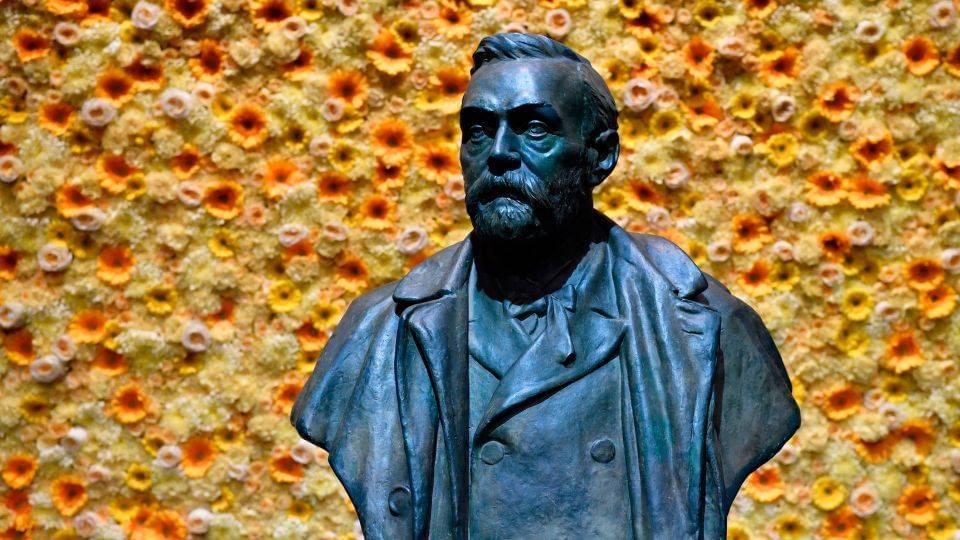

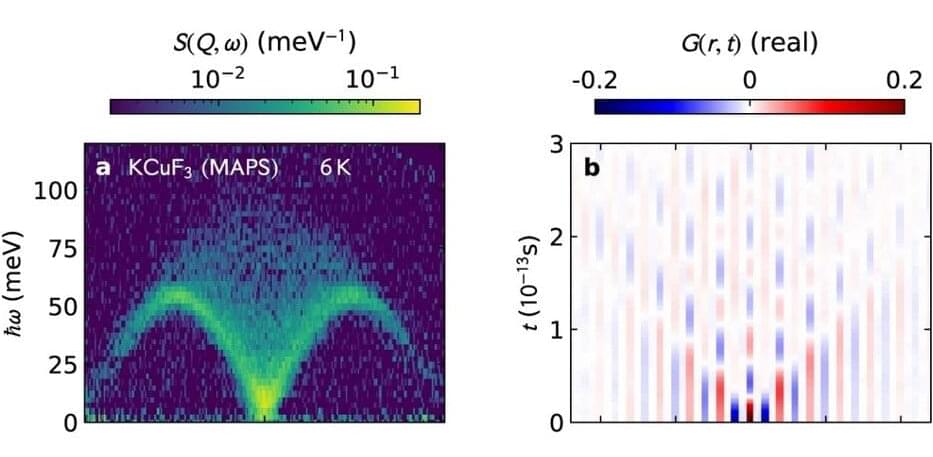
Neutron scattering is considered the method of choice for investigating magnetic structures and excitations in quantum materials. Now, for the first time, the evaluation of measurement data from the 2000s with new methods has provided much deeper insights into a model system—the 1D Heisenberg spin chains. A new toolbox for elucidating future quantum materials has been achieved.
Potassium copper fluoride (KCuF3 ) is considered the simplest model material for realizing the so-called Heisenberg quantum spin chain: The spins interact with their neighbors antiferromagnetically along a single direction (one-dimensional), governed by the laws of quantum physics.
“We carried out the measurements on this simple model material at the ISIS spallation neutron source some time ago when I was a postdoc, and we published our results in 2005, 2013 and again in 2021, comparing to new theories each time they became available,” says Prof. Bella Lake, who heads the HZB-Institute Quantum Phenomena in Novel Materials. Now with new and extended methods, a team led by Prof. Alan Tennant and Dr. Allen Scheie has succeeded in gaining significantly deeper insights into the interactions between the spins and their spatial and temporal evolution.
The Nobel Prize in Physics was awarded to Alain Aspect, John F. Clauser and Anton Zeilinger on Tuesday for work that has “laid the foundation for a new era of quantum technology,” the Nobel Committee for Physics said.
The scientists have each conducted “groundbreaking experiments using entangled quantum states, where two particles behave like a single unit even when they are separated,” the committee said in a briefing. Their results, it said, cleared the way for “new technology based upon quantum information.”
The laureates’ research builds on the work of John Stewart Bell, a physicist who strove to address the question of whether particles, having flown too far apart for there to be normal communication between them, can still function in concert.
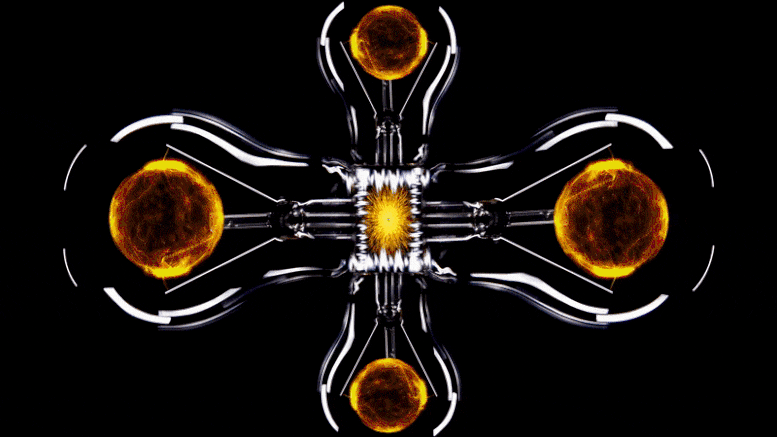
Scientists trained a machine learning tool to capture the physics of electrons moving on a lattice using far fewer equations than would typically be required, all without sacrificing accuracy. A daunting quantum problem that until now required 100,000 equations has been compressed into a bite-size task of as few as four equations by physicists using artificial intelligence. All of this was accomplished without sacrificing accuracy. The work could revolutionize how scientists investigate systems containing many interacting electrons. Furthermore, if scalable to other problems, the approach could potentially aid in the design of materials with extremely valuable properties such as superconductivity or utility for clean energy generation.
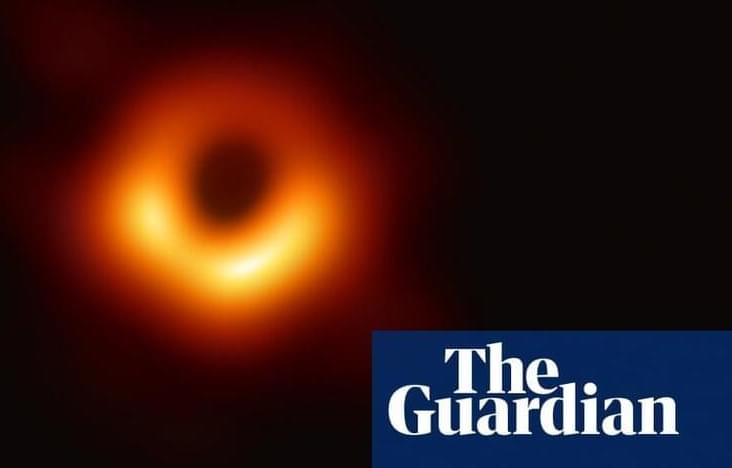
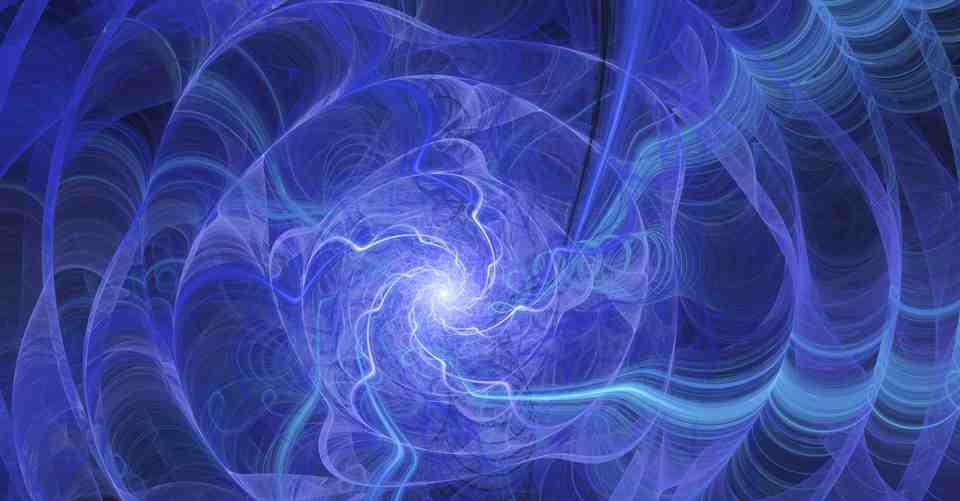
Our universe may be fundamentally unstable. In a flash, the vacuum of space-time may find a new ground state, triggering a cataclysmic transformation of the physics of the universe.
Or not. A new understanding inspired by string theory shows that our universe may be more stable than we previously thought.
Within the first microseconds of the Big Bang, the universe underwent a series of radical phase transitions. The four forces of nature — electromagnetism, gravity, the strong nuclear force and the weak nuclear force — were at one time unified into a single force. Physicists do not know the character or nature of this force, but they do know that it didn’t last long.

We are aware of how skewed our perception of reality is. How we see the world is shaped by our senses, our societies, and our knowledge.
And you may want to rethink your belief that science will always provide you with objective reality.
Physicists can now verify a hypothesis that Nobel Prize winner Eugen Wigner initially put out in 1961.
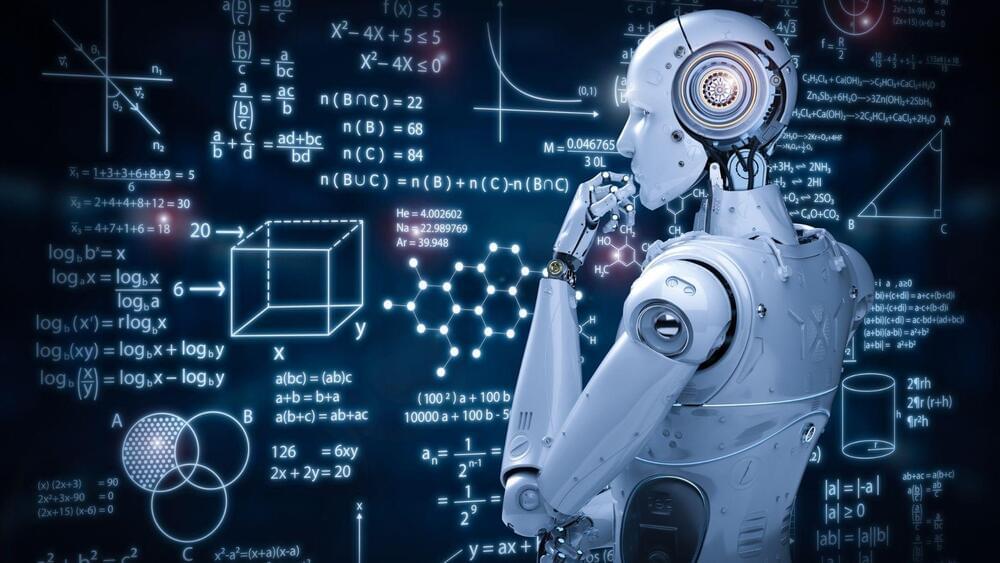
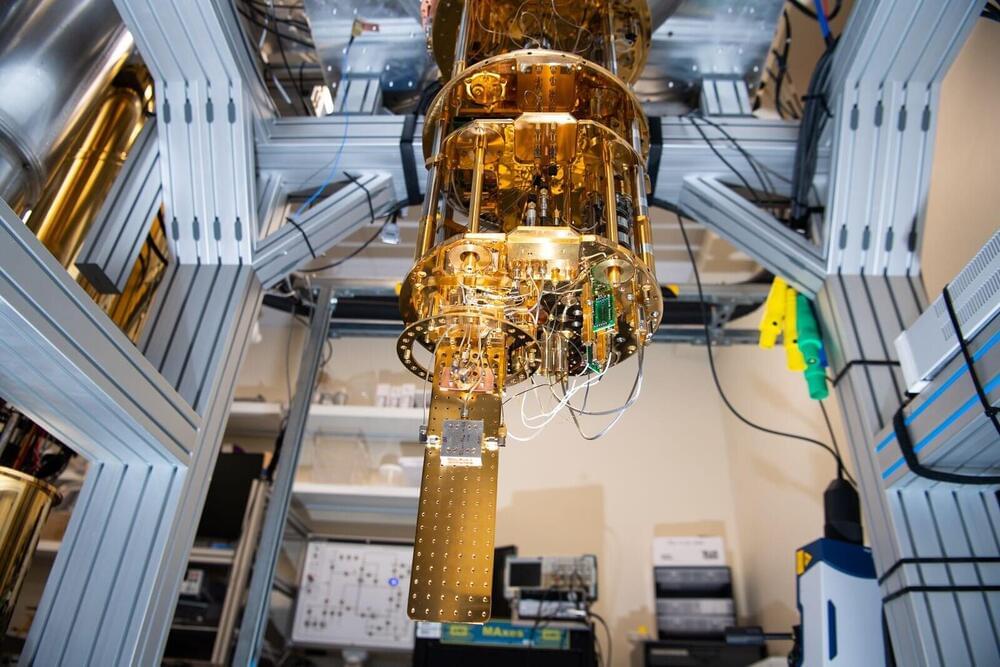
If you’ve ever tried to carry on a conversation in a noisy room, you’ll be able to relate to the scientists and engineers trying to “hear” the signals from experimental quantum computing devices called qubits. These basic units of quantum computers are early in their development and remain temperamental, subject to all manner of interference. Stray “noise” can masquerade as a functioning qubit or even render it inoperable.
That’s why physicist Christian Boutan and his Pacific Northwest National Laboratory (PNNL) colleagues were in celebration mode recently as they showed off PNNL’s first functional superconducting qubit. It’s not much to look at. Its case—the size of a pack of chewing gum—is connected to wires that transmit signals to a nearby panel of custom radiofrequency receivers. But most important, it’s nestled within a shiny gold cocoon called a dilution refrigerator and shielded from stray electrical signals. When the refrigerator is running, it is among the coldest places on Earth, so very close to absolute zero, less than 6 millikelvin (about −460 degrees F).
The extreme cold and isolation transform the sensitive superconducting device into a functional qubit and slow down the movement of atoms that would destroy the qubit state. Then, the researchers listen for a characteristic signal, a blip on their radiofrequency receivers. The blip is akin to radar signals that the military uses to detect the presence of aircraft. Just as traditional radar systems transmit radio waves and then listen for returning waves, the physicists at PNNL have used a low-temperature detection technique to “hear” the presence of a qubit by broadcasting carefully crafted signals and decoding the returning message.
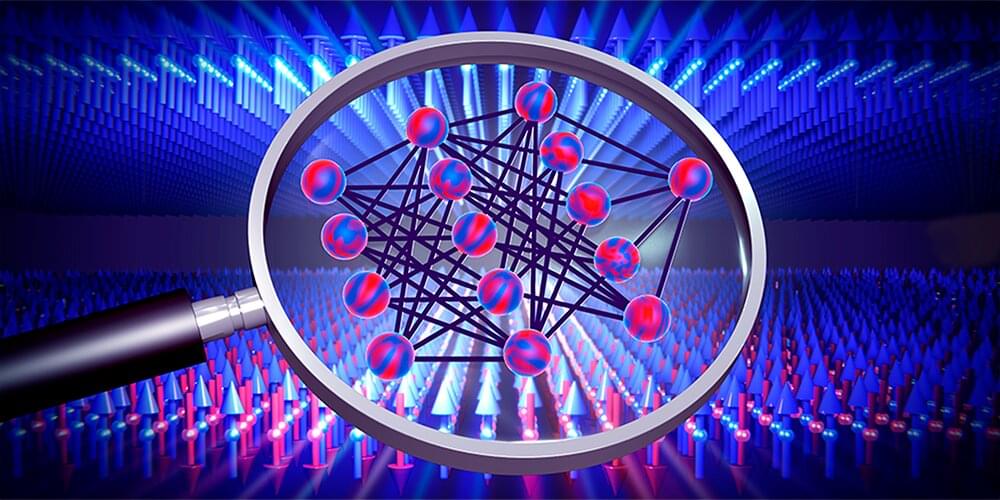
Neural networks are learning algorithms that approximate the solution to a task by training with available data. However, it is usually unclear how exactly they accomplish this. Two young Basel physicists have now derived mathematical expressions that allow one to calculate the optimal solution without training a network. Their results not only give insight into how those learning algorithms work, but could also help to detect unknown phase transitions in physical systems in the future.
Neural networks are based on the principle of operation of the brain. Such computer algorithms learn to solve problems through repeated training and can, for example, distinguish objects or process spoken language.
For several years now, physicists have been trying to use neural networks to detect phase transitions as well. Phase transitions are familiar to us from everyday experience, for instance when water freezes to ice, but they also occur in more complex form between different phases of magnetic materials or quantum systems, where they are often difficult to detect.